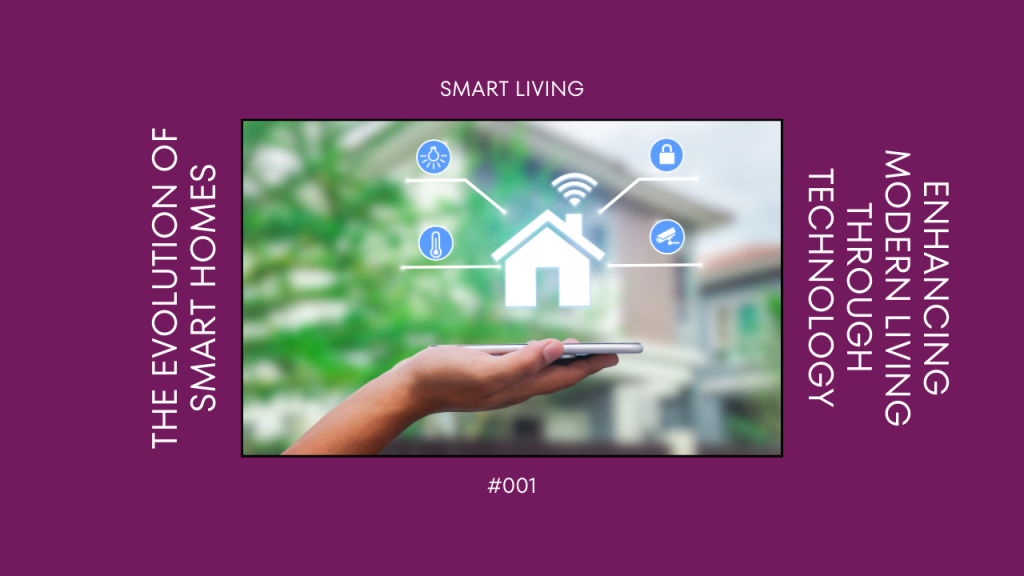The idea of a “smart home” has transformed from a sci-fi dream to a real thing that is altering people’s daily lives. Modern homes provide previously unheard-of levels of comfort, efficiency, and convenience as they become more intelligent, connected, and linked.
A vast array of features are included in smart home systems and gadgets, ranging from voice-activated assistants and security cameras to automatic lighting and temperature control. With the help of these technologies, homeowners can now manage their surroundings more easily and remotely via voice commands or smartphones, in addition to streamlining daily duties.
The flexibility of smart homes to accommodate unique tastes and habits is one of its main advantages. Algorithms for machine learning examine information obtained from sensors and human interactions to customize experiences and maximize energy efficiency. For instance, consumers’ preferred temperatures can be learned by smart thermostats, which then modifies settings to save energy without compromising comfort.
Moreover, smart home advancements go beyond the walls of private residences and support the growth of connected neighborhoods and urban areas. Demand response features are made possible by integration with smart grids, enabling households to modify their energy usage in response to current price or system circumstances. This helps the stability and sustainability of the larger energy infrastructure in addition to benefiting customers by possibly cutting energy bills.
The potential for smart houses to improve contemporary living conditions is almost endless as technology develops. Smart home advancements are changing how people interact with their living spaces, from increasing security and convenience to increasing energy efficiency. This will ultimately lead to a more connected, efficient, and sustainable future.



Comments are closed, but trackbacks and pingbacks are open.